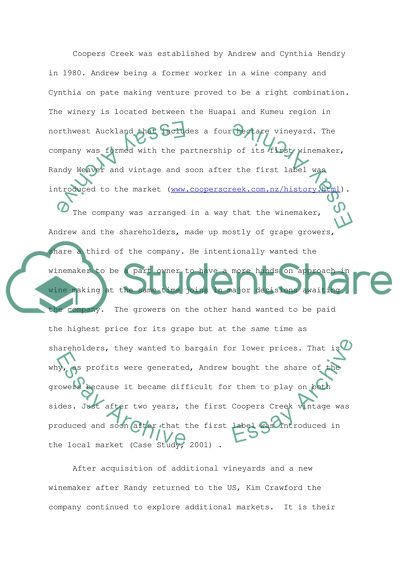Cite this document
(“Wine Industry Essay Example | Topics and Well Written Essays - 4250 words”, n.d.)
Retrieved from https://studentshare.org/miscellaneous/1508871-wine-industry
Retrieved from https://studentshare.org/miscellaneous/1508871-wine-industry
(Wine Industry Essay Example | Topics and Well Written Essays - 4250 Words)
https://studentshare.org/miscellaneous/1508871-wine-industry.
https://studentshare.org/miscellaneous/1508871-wine-industry.
“Wine Industry Essay Example | Topics and Well Written Essays - 4250 Words”, n.d. https://studentshare.org/miscellaneous/1508871-wine-industry.


